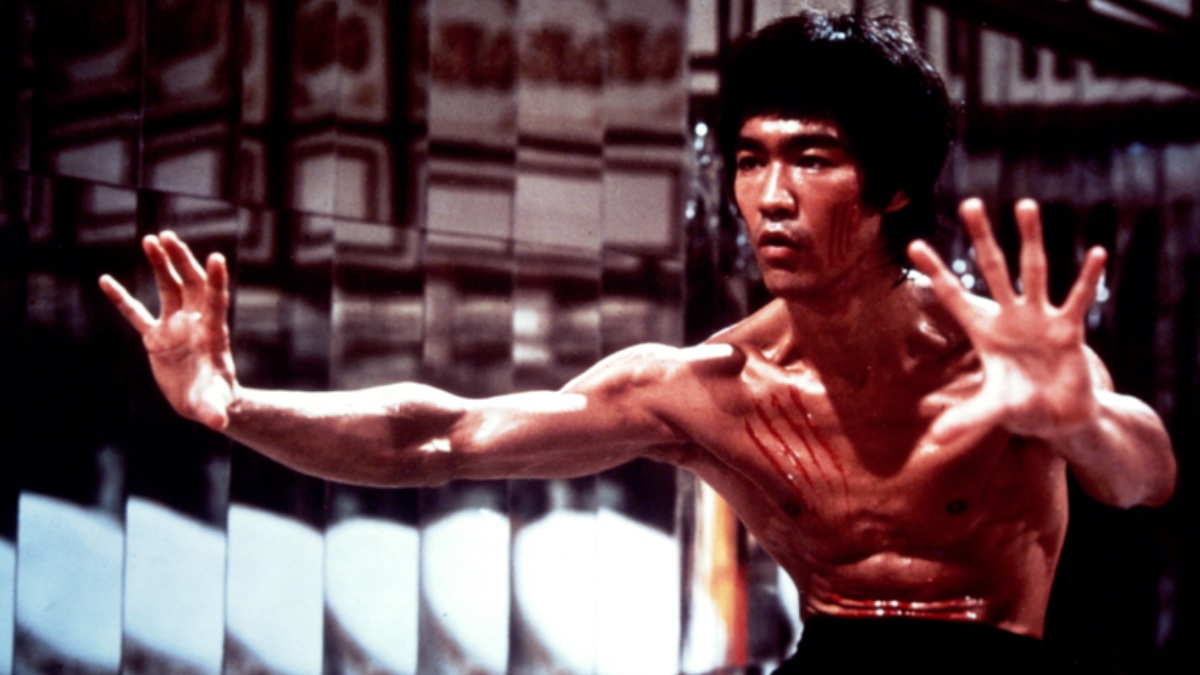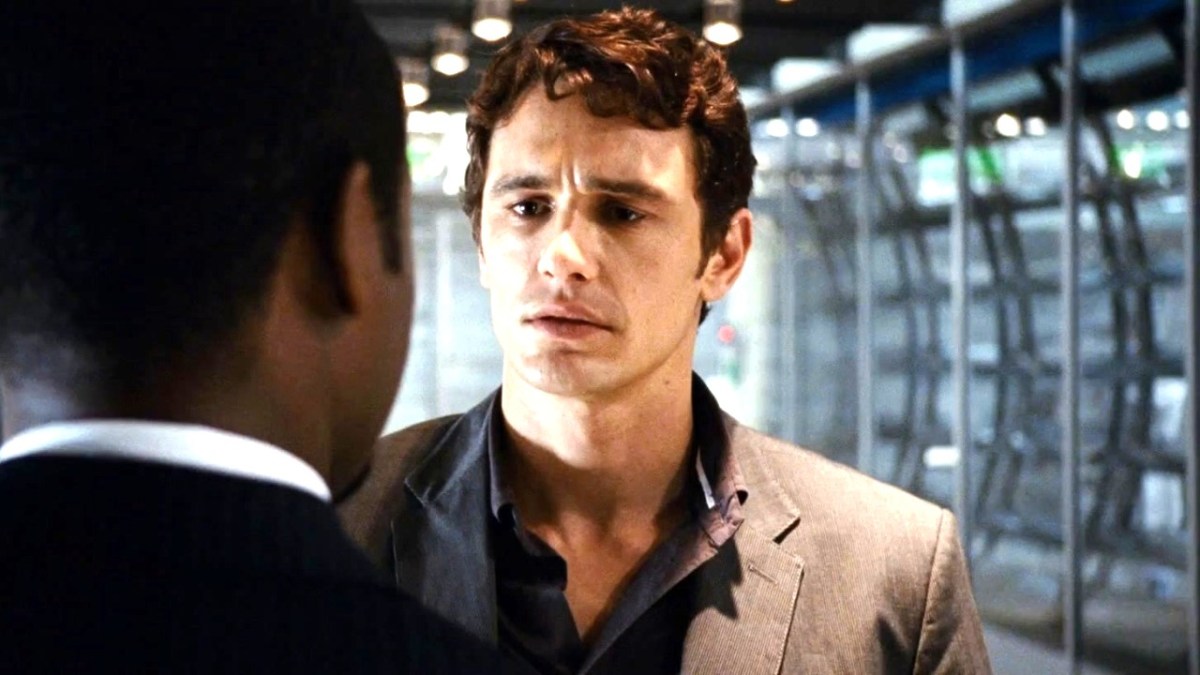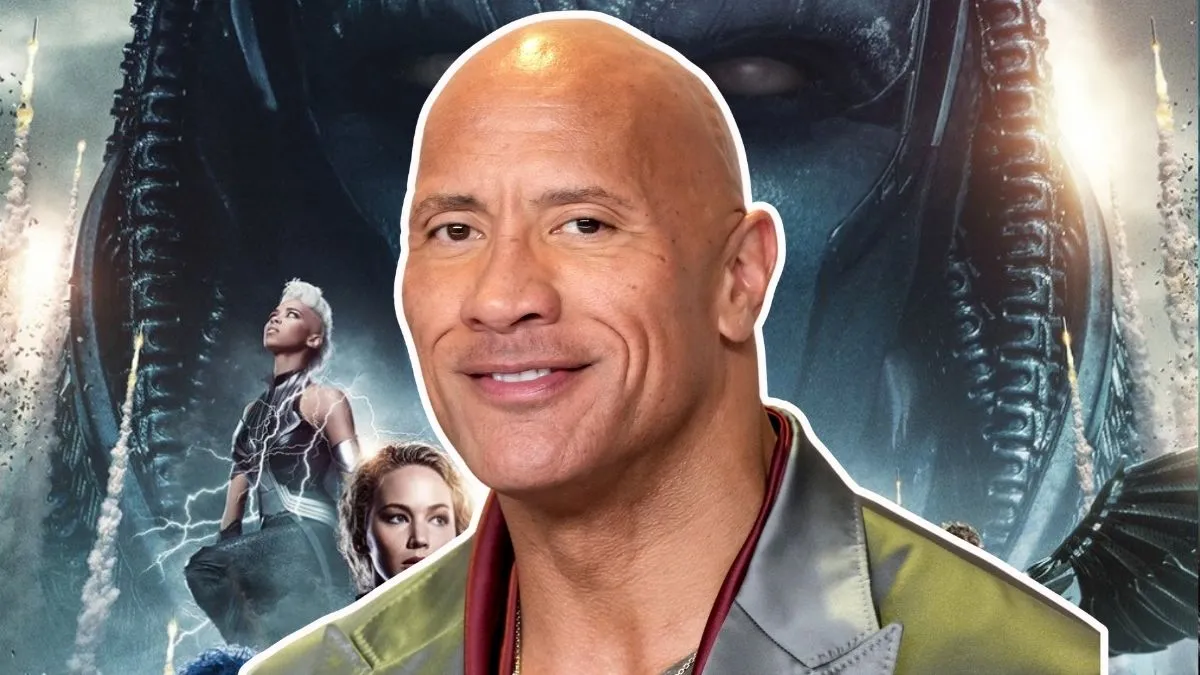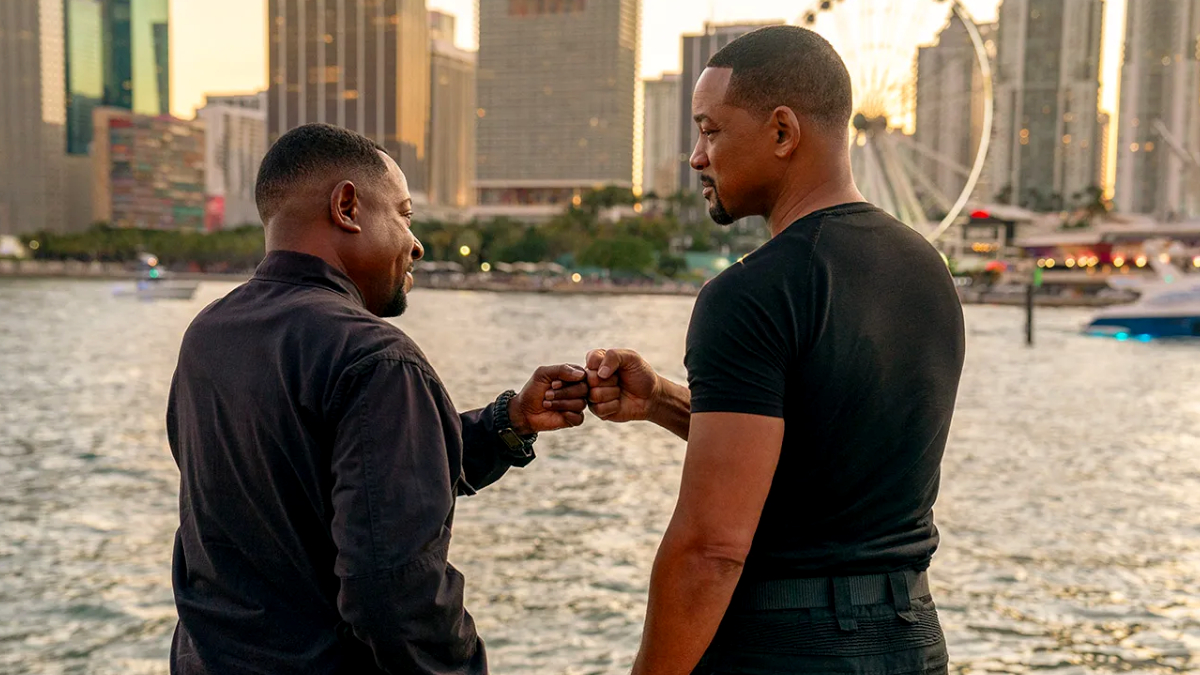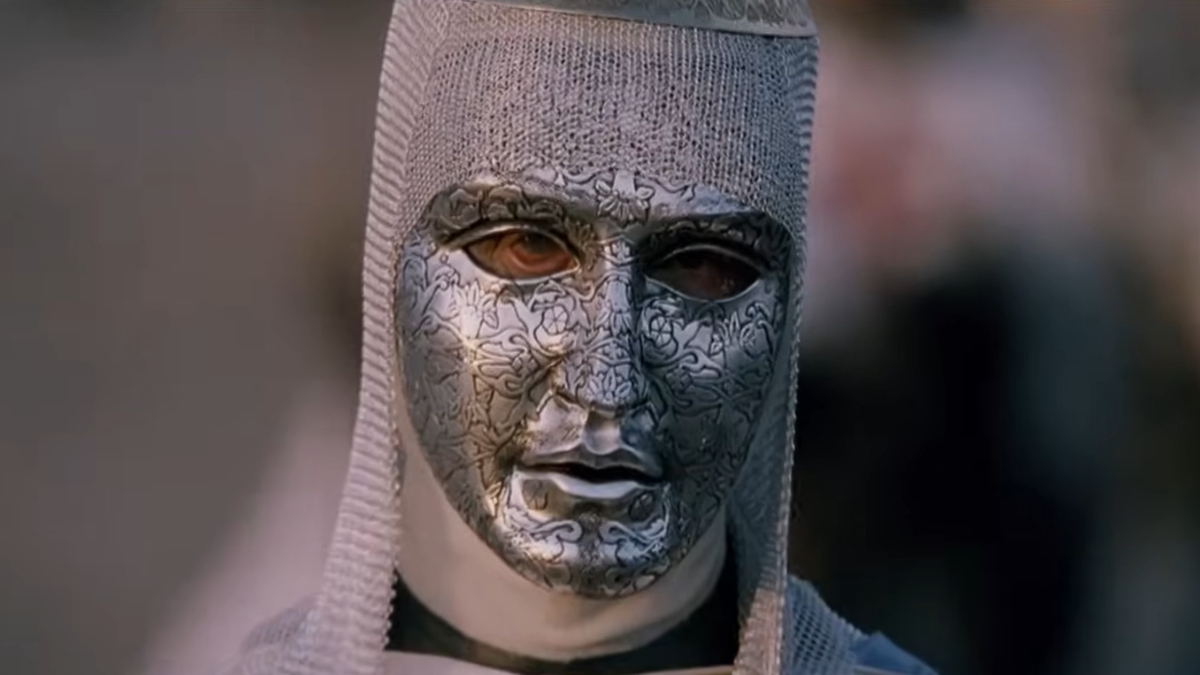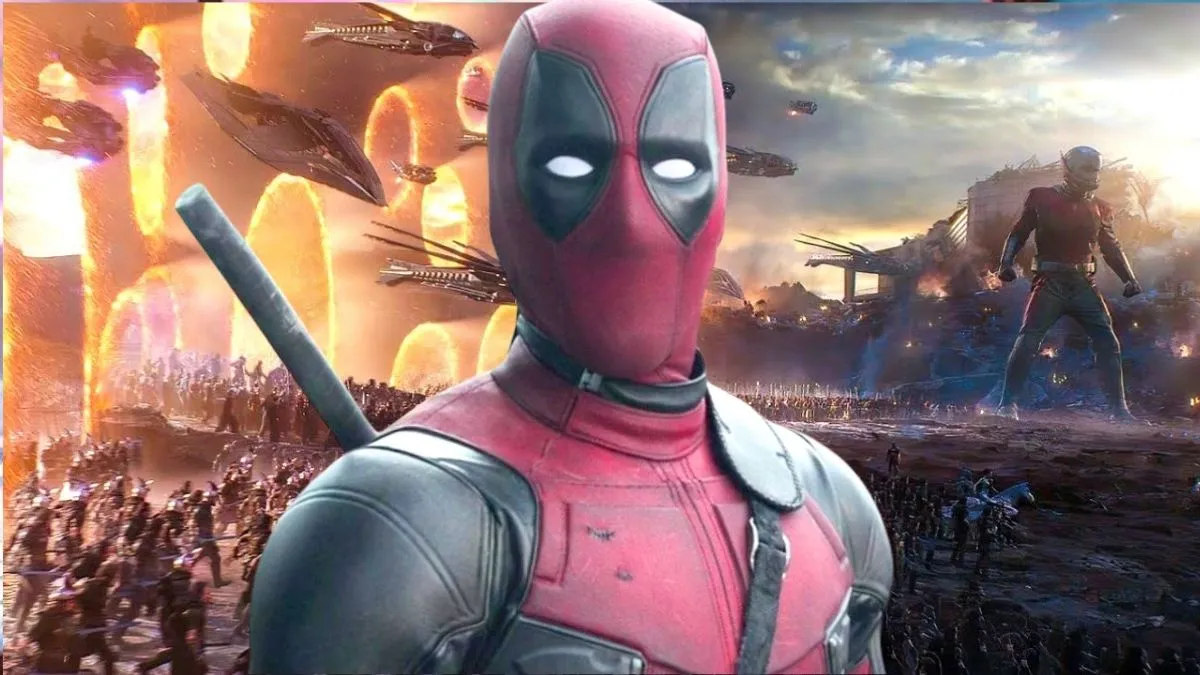Fifty years ago, a kung fu film named Enter the Dragon changed action cinema forever, and the journey to get it made is an epic tale in itself.
Bruce Lee became an international superstar because of Enter the Dragon, but he shockingly passed away before its release. Now, the often-celebrated movie stands as a true triumph against all odds while redefining an entire genre of film. Many books, documentaries, and interviews helped us tell this story about how it was made, despite the endless challenges Lee and filmmakers faced.
Before the Dragon
Thanks to his role as Kato in the American television series The Green Hornet, Bruce Lee earned recognition in the United States in the mid to late 1960’s. The taste of success shaped his ambitions of becoming a major movie star. Those ambitions were nearly derailed in the early 1970’s, when Lee’s idea for a television show that would ultimately be called Kung Fu would be accepted by Warner Bros. — but with a cruel twist. They refused to cast Lee in the lead role, as per his suggestion.
Instead, they cast non-Chinese actor David Carradine, thus totally changing the identity of the character and, to a certain degree, the point of the show.
However, one Warner Bros. executive named Fred Weintraub believed in Lee, but knew it would be difficult to convince the studio. That’s when he and Lee initially pitched an idea to make the first-ever Hollywood martial arts movie with Lee in the starring role, but the studio saw it as too much of a risk.
Bruce didn’t give up. He took to Hong Kong, where he actually appeared in movies as a child, and upon his arrival, he was offered a movie deal from Raymond Chow, who had just started a new film company based in Hong Kong called Golden Harvest.
The deal proved worthwhile, resulting in the biggest box office success in Hong Kong movie history up to that point. It was a film called The Big Boss, and it made Bruce Lee a star in 1971.
Stardom of the Dragon
In December of that year, Lee gave a television interview with Canadian journalist Pierre Berton in which he explained why he thought Hollywood was not convinced that a Chinese actor could lead an American film, saying:
“They think that, business-wise, it’s a risk and I don’t blame them. I mean, the same way, it’s like in Hong Kong, if a foreigner came [to Hong Kong] to be a star and I was the man with the money, I probably would have my own worry of whether or not the acceptance would be there.”
In 1972, he broke Hong Kong box office records again with Fist of Fury, and his year wrapped spectacularly with the release of Way of the Dragon. Because of the success of Bruce Lee’s kung fu films, he couldn’t walk around Hong Kong without being mobbed by fans. Such anecdotal evidence of his fame made its way to Warner Bros. which, all of sudden, changed its mind on signing Bruce Lee, and agreed to make a martial arts film with him in the lead role.
But another obstacle soon arose; despite it being proposed as a joint venture between Warner Bros. and Golden Harvest, Raymond Chow was not open to the idea, unbeknownst to Bruce, mostly because he wasn’t convinced that a kung fu film with a significant Hollywood influence would actually be successful.
So, after negotiations failed, Weintraub met with Chow and Bruce Lee for dinner in Hong Kong. Weintraub told Bruce, with Raymond sitting there listening, “Raymond doesn’t want you to be an international star.”
Weintraub’s words had the effect he hoped they would, and ultimately resulted in Bruce turning to Raymond Chow and saying to him, “Make the deal!”
The very next day, Raymond Chow made the deal.
Filming the Dragon
Finally, the film would be made, but now other issues introduced themselves.
At first, everything went smoothly. Michael Allin, an unknown script writer hand-picked for the project by producer Paul Heller, punched out a first draft in just three weeks, which delighted Heller and others.
It set things in motion rather quickly, and soon they were ready to film on location in Hong Kong, but just days before filming, one of the main actors, Rockne Tarkington, dropped out of the project. He was actually one of the martial arts leads, forcing the studio to quickly find a replacement. That’s when Heller decided they should reach out to Jim Kelly, the 1971 World Karate Middleweight Champion, who also ran a dojo in Los Angeles where numerous actors would sometimes visit. Weintraub met him and was impressed, despite Kelly having no acting experience, and offered him the job. One day later, Kelly was on a plane to Hong Kong.
Finally, they were ready to shoot the movie — but in an unforeseen plot twist, Bruce Lee, who strived for years to get the film made, was nowhere to be found.
It turned out that Bruce was so incredibly nervous that he couldn’t bring himself to show up to the set and start filming. He was about to live his dream, and nearly had a breakdown. The filmmakers adapted to the situation, and they began doing something that would become one of the many highly-regarded aspects of the movie — they started filming copious exterior shots of Hong Kong. Not only did they film Hong Kong streets, but they also captured picturesque overview shots. Now, such views of Hong Kong act like a time machine when you watch the movie. At the time, they succeeded in making the audience feel as if they themselves were in Hong Kong.
Rolling With the Dragon
Finally, the film’s producers convinced Lee to do some short scenes. They tried to film the scene with actress Betty Chung, who plays Mei Ling, because it’s just a quick conversation between their characters. However, Bruce was still so nervous that he was actually visibly shaking. Eventually, they were able to get through the scenes, and as Bruce became more comfortable in front of the camera, they shot more.
Soon, Bruce found his comfort zone and became a delight on set, as well as a true professional. Such a description can’t be easily applied to the many extras who reportedly challenged Bruce to a fight. In one often-retold instance, Bruce took an extra up on the challenge, and after one kick from Bruce, the extra had his teeth knocked out. It would be an extremely accurate statement to say that Bruce Lee was getting a kick out of shooting the film.
However, he was injured on set and rushed to the hospital, thanks to his hand bleeding profusely after shooting the broken glass scene with costar Bob Wall. Such is the life of a martial arts film star.
More issues arose, including a language barrier between the filmmakers and the crew, Hong Kong’s then-outdated equipment, and Bruce’s alleged issues with portions of the script. Bruce did, thankfully, manage to convince the studio to change the film’s name, then called Blood and Steel, to Enter the Dragon. Despite the challenges, it all came together thanks to director Robert Clouse who, by all accounts, did an exceptional job. One only has to watch the film to agree.
Acting the Dragon
The main villain, Han, was played by legendary Hong Kong actor Shih Kien. Unfortunately, he spoke no English, but he did his best to lip-sync the words. His voiceover was done by Keye Luke, who had gained fame in the States for playing Lee Chan in several Charlie Chan films of the 1930’s.
Other actors on the film included John Saxon, Ahna Capri, and Angela Mao. Saxon was the other martial arts lead, and while Mao had just one scene, it showcased exactly why she was already a kung fu film star in Hong Kong. Ahna Capri was the leading lady, and would record footage on her personal camera that fans would later treasure as a behind-the-scenes peek capturing what it was like to be on the set of the film.
Three future martial arts stars have minor roles in the film. Jackie Chan can be seen as one of the guards, especially when Lee’s character snaps his neck. Sammo Hung, who has the opening scene fight with Lee, would also become an outstanding choreographer and American television star thanks to his lead role in the 1990’s series Martial Law. Tony Liu, who is seen later fighting in the tournament, had already been in films with Bruce, but in the mid-1970’s he would sign a deal with Golden Harvest rival Shaw Brothers, and become a martial arts star in Hong Kong.
Jim Kelly impressed Warner Bros. so much that they offered him a three-picture deal, and he went on to be a fan favorite amongst king fu film aficionados.
Celebrating the Dragon
Warner Bros. had high hopes for the film, but its success exceeded all expectations. In its second week of its American release in August of 1973, Enter the Dragon became the top-grossing film in the U.S. box office. The movie was so popular that people kept going back to see it again, and coupled with those who kept hearing about it who finally decided to see it for the first time, it resulted in the film reclaiming the top box office spot two months later.
Enter the Dragon was not just successful, it was a groundbreaking, worldwide hit, making Bruce Lee a global sensation, though he was sadly never able to experience it himself, due to his untimely passing.
The movie cost less than a million dollars to make, but has gone on to gross over $400 million. Despite being released fifty years ago, it’s still the highest grossing martial arts films of all-time, and that’s not adjusted for inflation. In fact, if adjusted, it would be the equivalent of grossing about $2 billion.
Bruce Lee’s impact is still felt today throughout the world, and his approach to his artistry helped influence and sculpt many kung fu films thereafter, though none would prove as important as Enter the Dragon.

